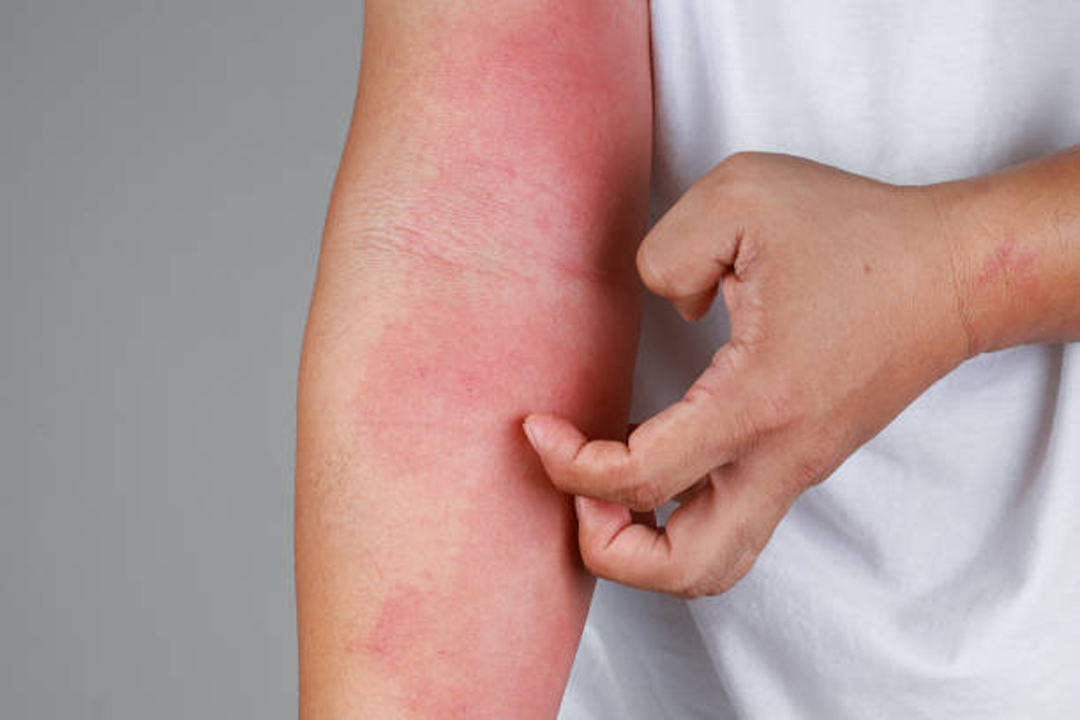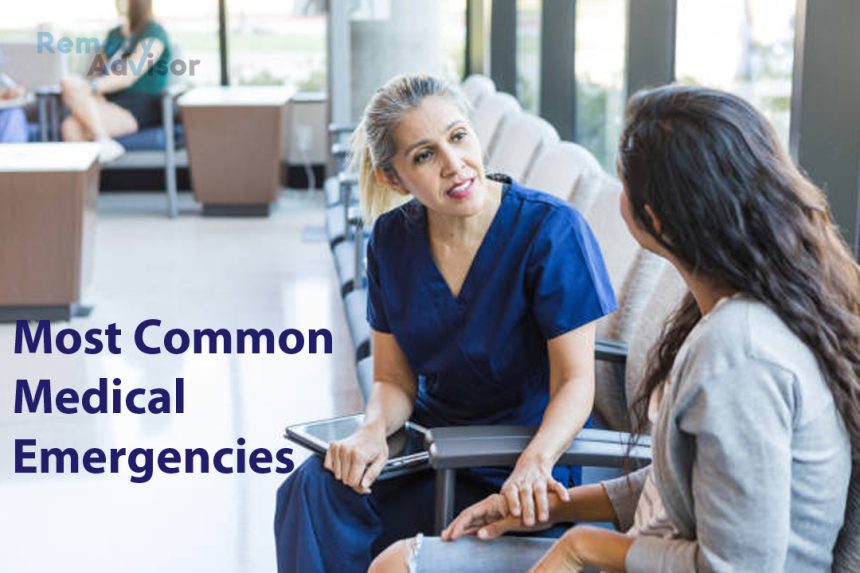When a serious health emergency strikes, our first instinct is to panic. That’s because most of us don’t know what to do in such a situation. Here are the most serious medical conditions and what to do until help arrives
Heart attack
Chest pain is the most common symptom of a heart attack, which occurs when an artery is blocked by a blood clot. This stops blood flow to the heart and damages the cardiac muscle.
Symptoms
Crushing pain in the middle of the chest, this may radiate to the jaw, neck, shoulders, back or arms shortness of breath sweating nausea and/or vomiting.
How to help yourself or someone else
If the symptoms last longer than three to five minutes and are particularly severe or aren’t relieved by antacids…
- Call an ambulance. Never drive yourself to the hospital since there is a strong possibility that you may pass out. Paramedics can pro¬ vide early medical care ambulances carry defibrillators, the machines that can restore a normal heart rhythm and prevent death.
- Take an aspirin. It’s been shown to limit damage from a heart attack.
- Lie down, breathe slowly and keep calm. Anxiety and activity can increase heart damage.
Stroke
As the name implies, a stroke hits suddenly when a blood clot or hemorrhage affects the brain, preventing blood and oxygen from circulating.
Symptoms
Unexpected numbness and weakness that usually affects one side of the body vision disturbances an inability to speak.
How to help yourself or someone else
Have the person sit down immediately so he/ she doesn’t fall call an ambulance make sure the airway is open by tilting the head back and the chin up.
Shortness of breath
Many conditions can cause severe shortness of breath pneumonia asthma inhalation of toxic fumes or smoke bronchitis an airway obstruction a blood clot in the lungs or a heart attack.
Symptoms
Nostrils that open wide an Adam’s apple that moves up when you inhale the need to use neck muscles to breathe discomfort when you inhale gasping dizziness and/or fainting.
How to help yourself or someone else
Call an ambulance, which will supply you with oxygen while taking you to the hospital sit with your head elevated breathe slowly and deeply remain calm.
Allergic reaction

A serious allergic reaction can occur after eating certain foods, receiving an injection, taking a drug or getting an insect bite or sting. Many times the cause is unknown.
Symptoms
Severe or sudden hives, itching or a rash flushed skin swollen tissues around the mouth and in the airway breathing difficulties such as wheezing physical weakness nausea dizziness and/or collapse.
How to help yourself or someone else
Call an ambulance. If you have a known allergy and carry an epinephrine injection, immediately give yourself a shot or have someone else do it.
If you don’t have epinephrine, take an antihistamine. Diphenhydramine (Benadryl) can be bought without a prescription. Apply ice to the affected area to reduce the swelling and itching. Lie down.
Fracture
It can be difficult to distinguish a mere sprain from a more serious fracture without an X-ray.
Symptoms
Fractures are signaled by intense pain or swelling, an inability to use a body part hip, wrist, arm, shoulder, ankle, leg or an obviously misshapen or broken extremity or body part.
How to help yourself
When in doubt go to a hospital emergency room. While you’re in transit, follow the RICE procedure if you can
- Rest
- Ice the injury to reduce swelling
- Compression. Wear an elastic bandage around the extremity to provide support
- Elevate the body part so blood and other fluids won’t pool there.
Important: If you’re not in severe pain or don’t obviously have a break, you can do the RICE procedure for 24 to 48 hours and see if the injury improves. If you do not notice any improvement, see a doctor.
How to help someone else: Don’t move or bear weight on the injured part. You may make a splint out of a rolled-up magazine. If there is severe pain, multiple injuries or bleeding, call an ambulance.
At the emergency room
Gaining appropriate attention and priority in the emergency department depends upon “planning for your emergency” and carefully communicating with personnel once you are there.
- Create a list that you can always carry with you Include your medical problems, your medications and your allergies, as well as your name, address and phone number and your insurance information.
- Know how to call an ambulance in your community and which emergency rooms are best for your special needs.
- Communicate effectively by speaking slowly telling the doctor or nurse exactly what happened to you. Don’t expect that medical personnel will already know what’s wrong or why.
- Understand that a triage nurse will determine the order in which you will be seen based upon his/her assessment of your medical needs compared with those of others who are waiting.







